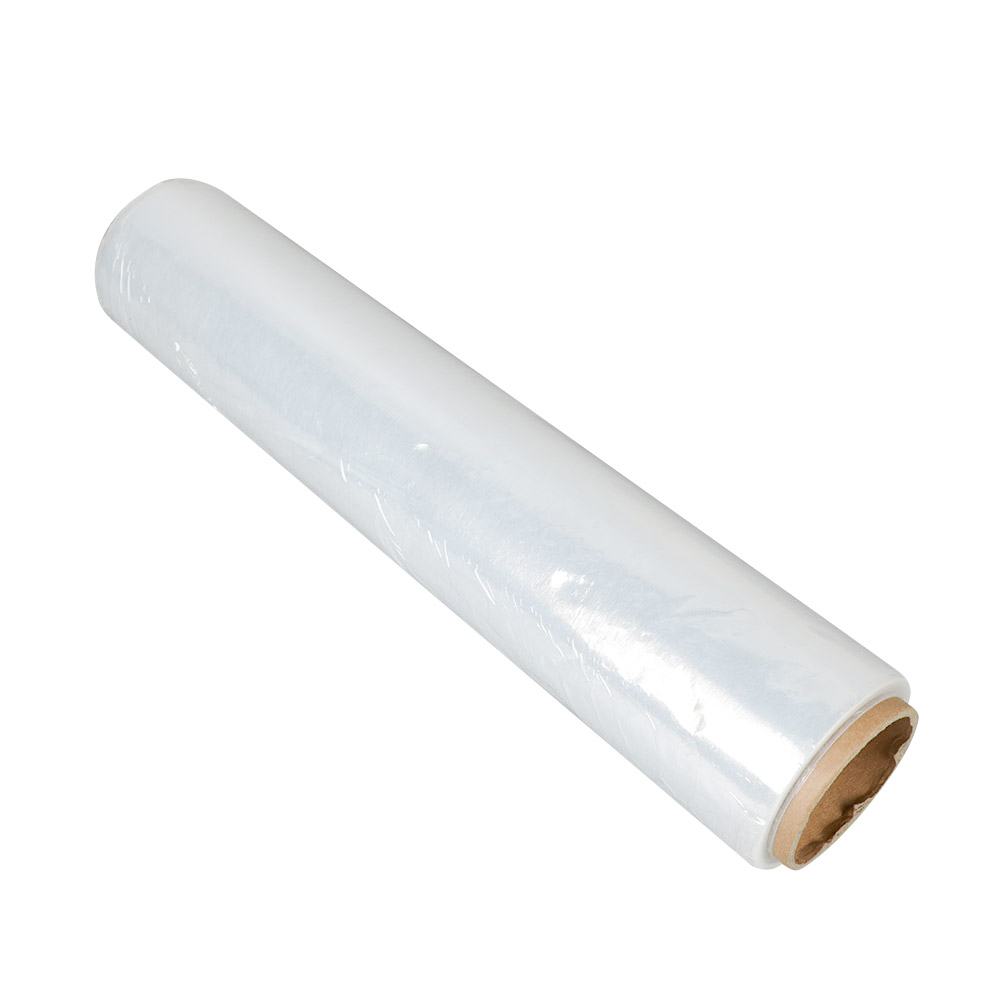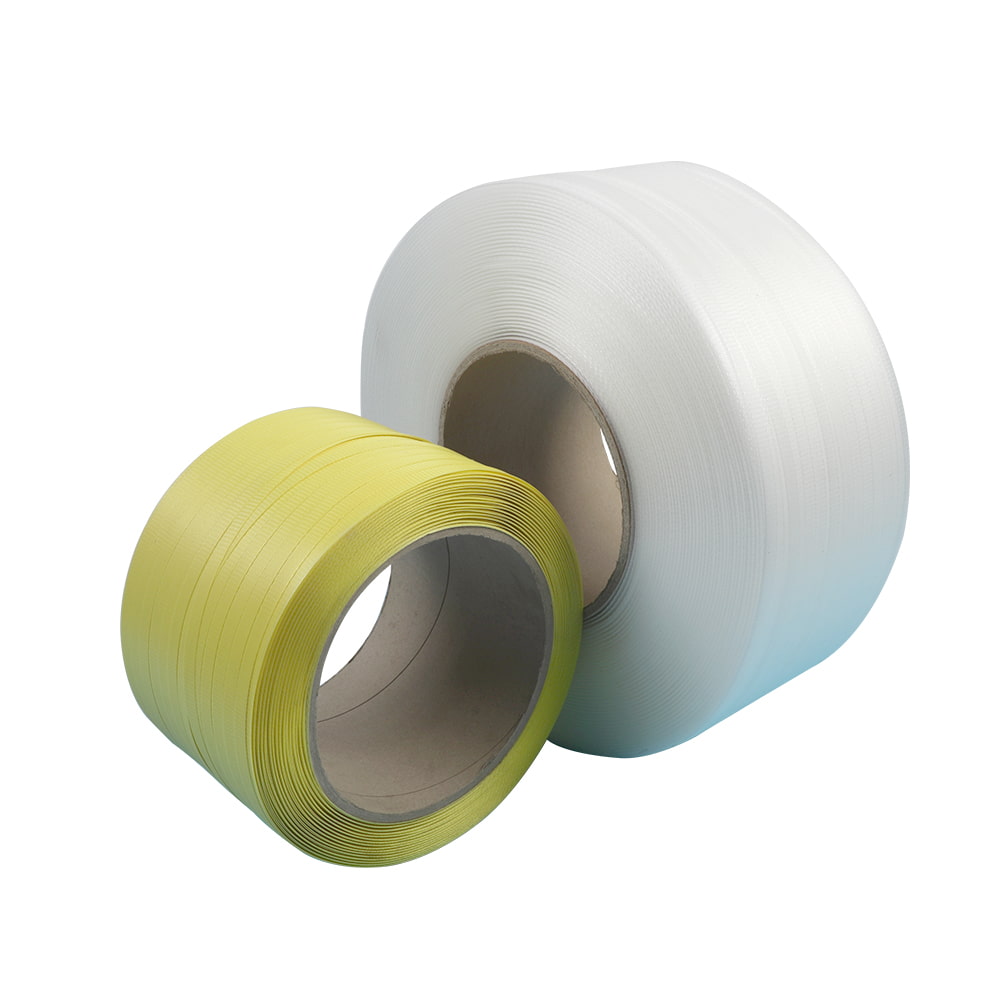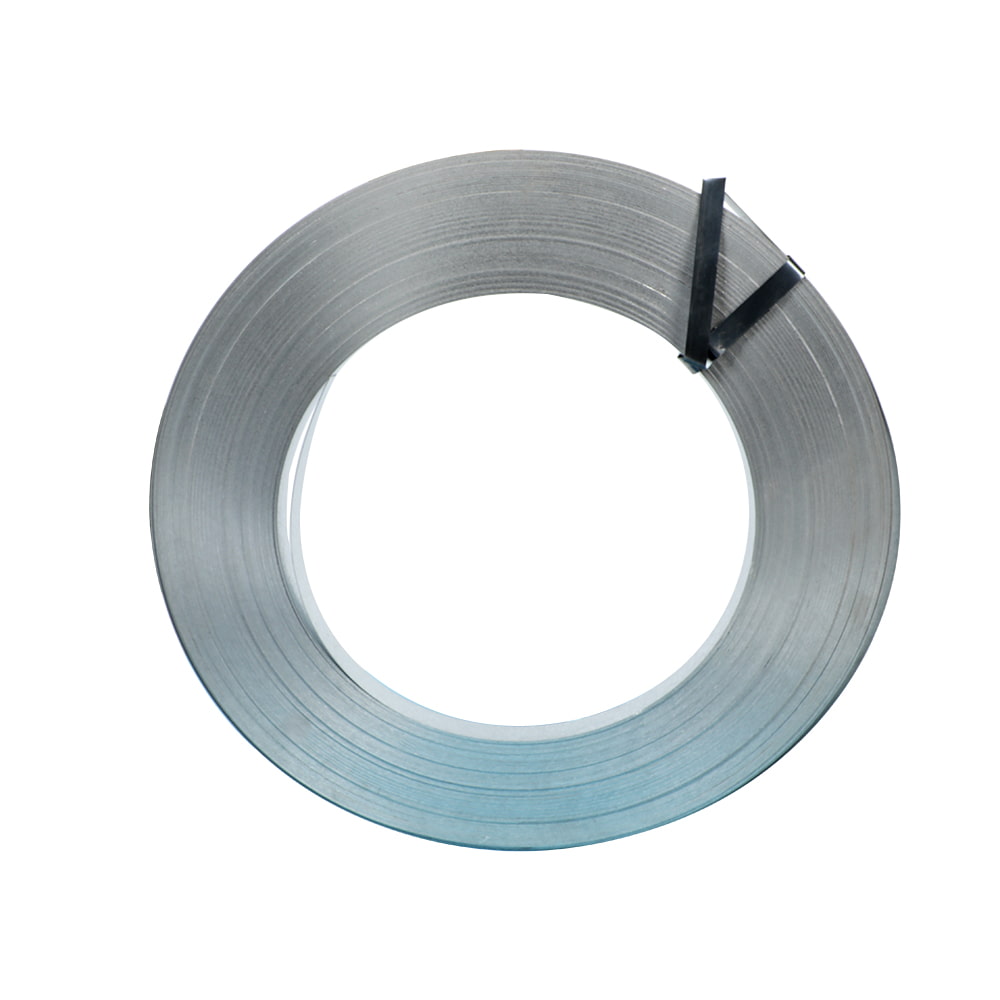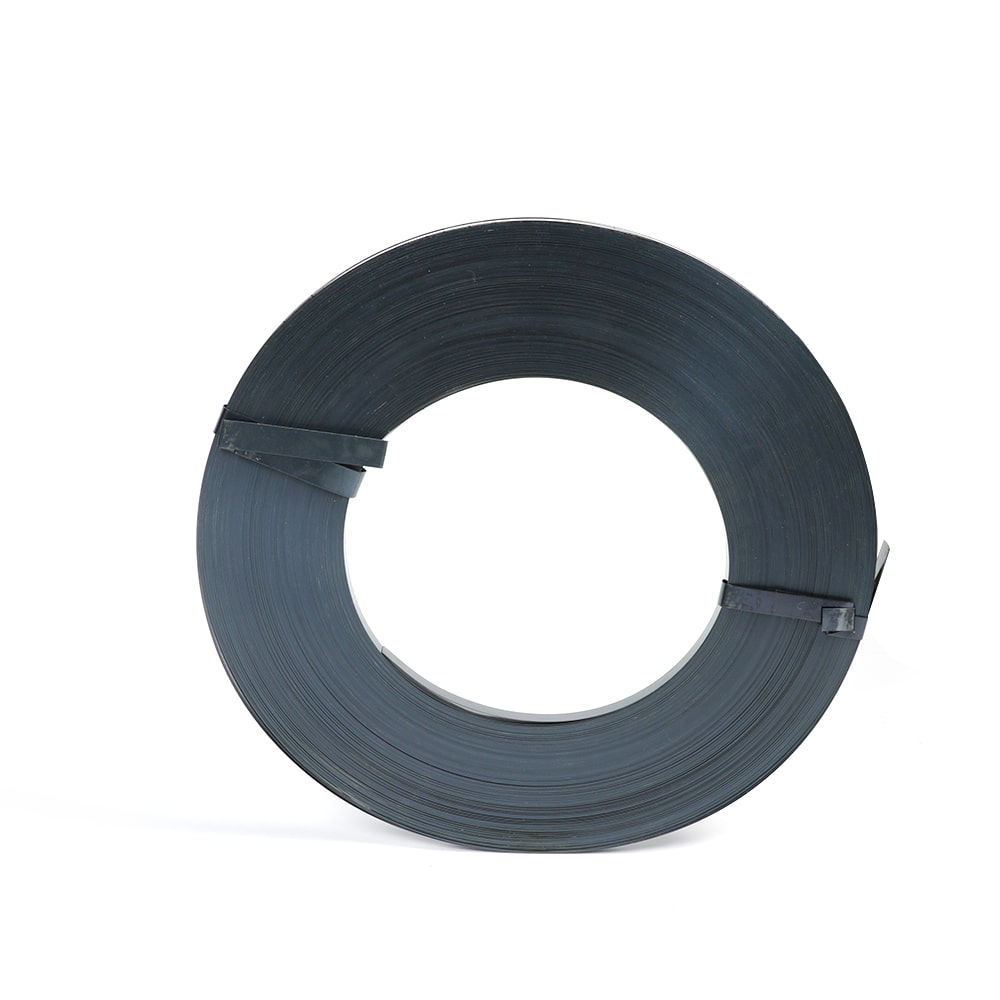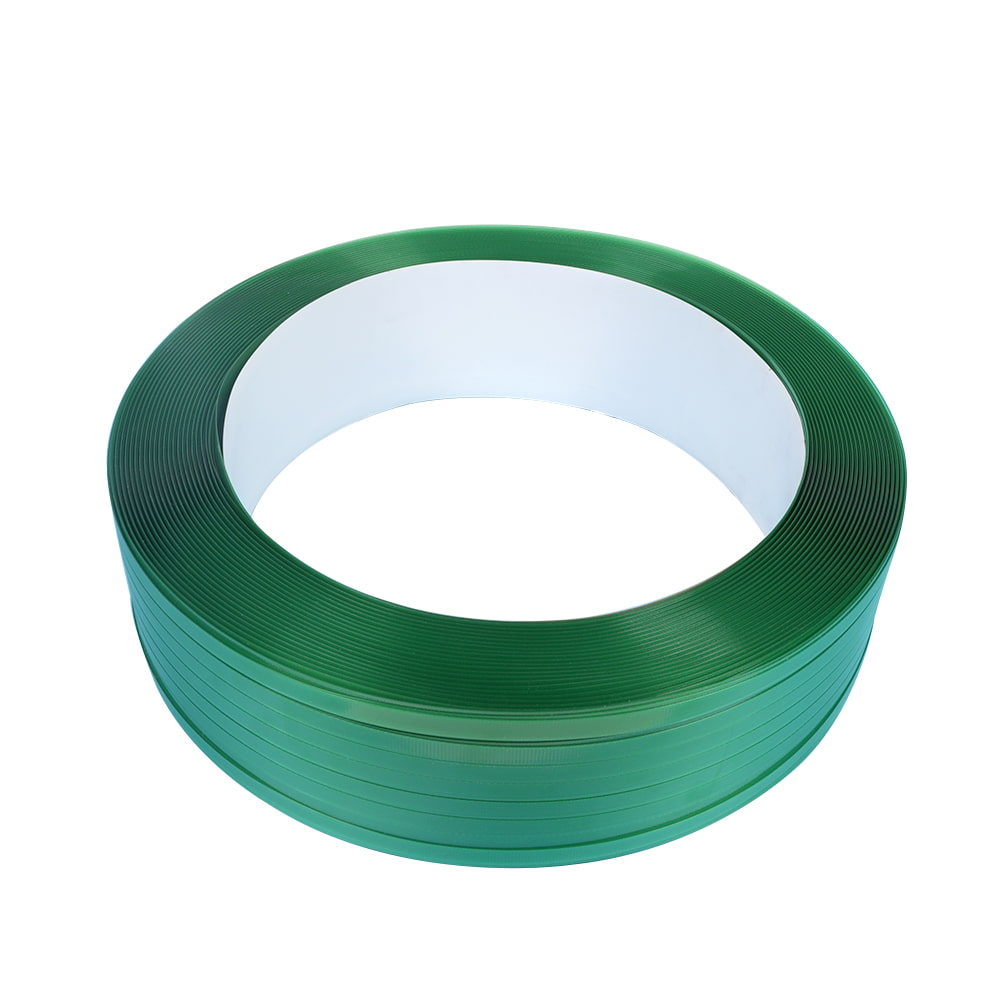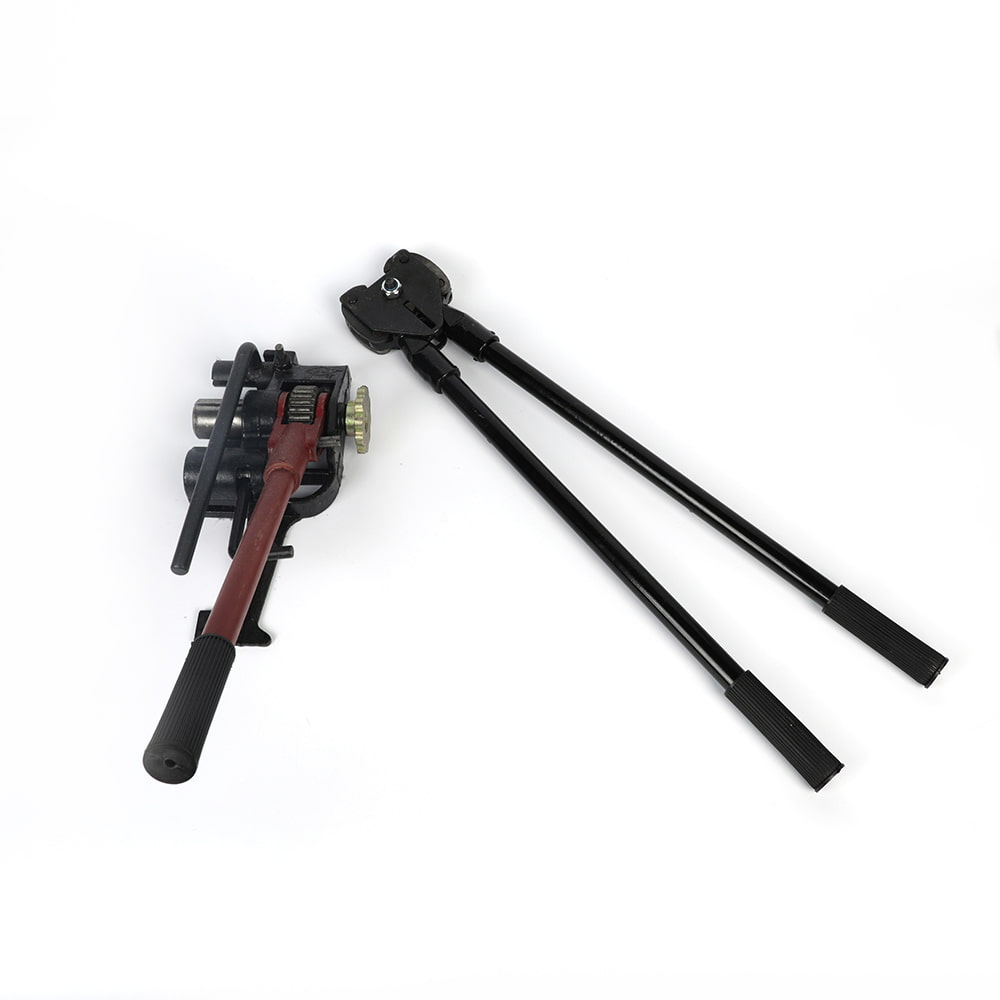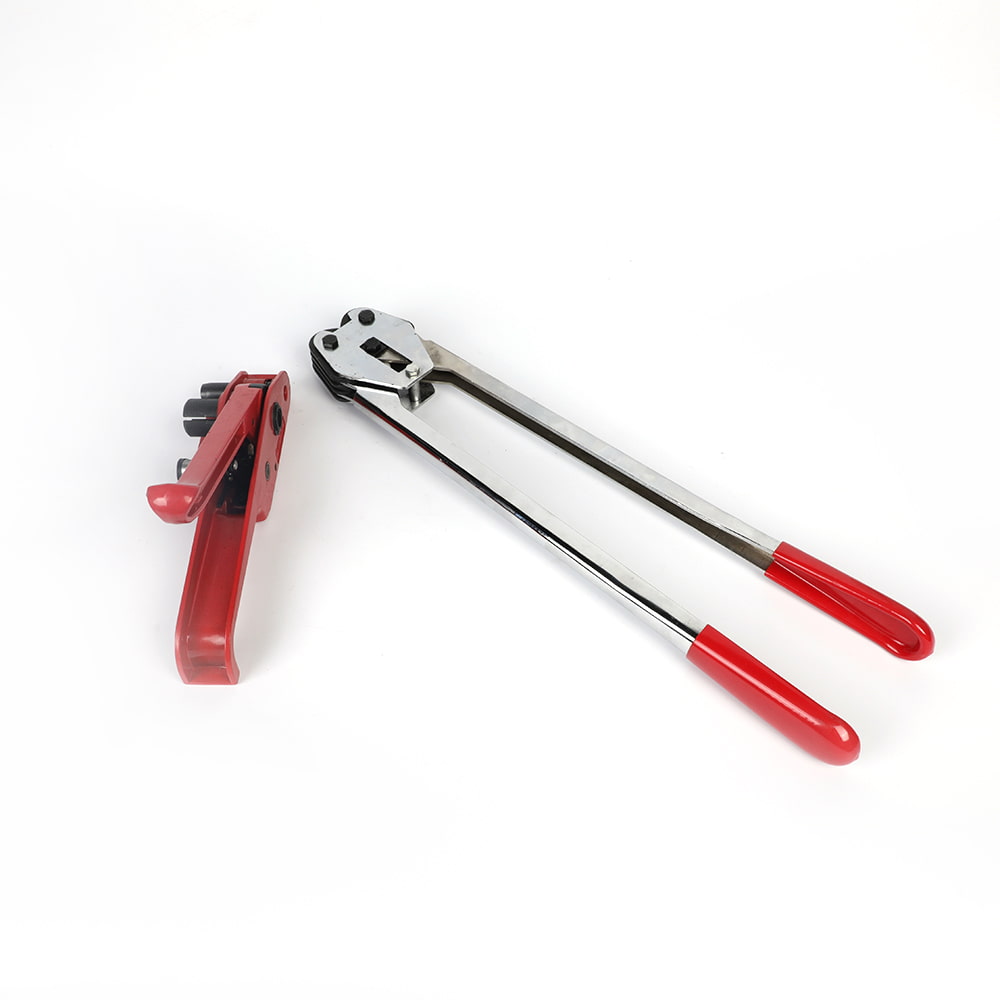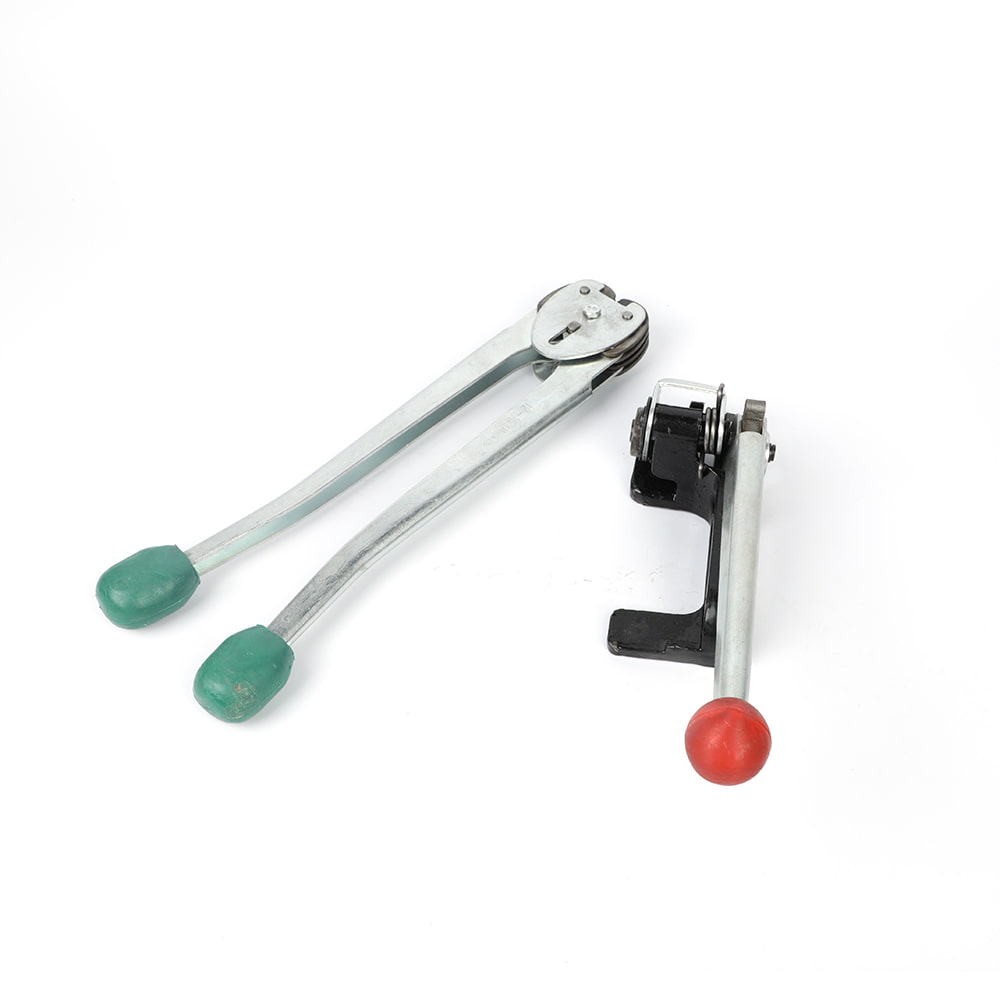Are there any safety precautions or guidelines to follow when working with stretch film?
Author:admin Date:2023-09-21
There are safety precautions and guidelines to follow when working with stretch film, also known as pallet wrap or stretch wrap. Stretch film is commonly used in packaging and shipping industries, as well as for various other purposes. Here are some safety precautions and guidelines to consider:
Personal Protective Equipment (PPE):
Wear appropriate PPE, including gloves, safety goggles, and, if necessary, respiratory protection, to protect against contact with the film and fumes.
Proper Training:
Ensure that workers are properly trained in the safe and correct use of stretch film, including techniques for wrapping and handling.
Inspect the Film:
Before use, inspect the stretch film for any defects, such as tears or punctures. Damaged film can compromise the stability of wrapped loads.
Use the Right Type and Thickness:
Select the appropriate type and thickness of stretch film for the job. Thicker film may be necessary for heavier or irregularly shaped loads.
Load Stability:
Ensure that the load being wrapped is stable and properly arranged on the pallet or object. An unstable load can lead to accidents.
Secure the Film Roll:
Make sure the film roll is securely attached to the dispenser to prevent it from falling or rolling away during use.
Proper Wrapping Technique:
Use proper wrapping techniques to evenly and securely apply the stretch film. Start at the bottom of the load and work your way up, overlapping the layers of film.
Tension Control:
Maintain consistent tension while wrapping to ensure a tight and secure wrap. Avoid overstretching, which can cause the film to tear, or understretching, which can lead to load instability.
Keep Hands Clear:
Keep hands and body parts clear of the film roll and dispenser to avoid injury. Use caution when cutting the film.
Ventilation:
If using stretch film in enclosed spaces or with large quantities, ensure adequate ventilation to prevent the accumulation of fumes.
Storage and Handling:
Store stretch film in a dry, cool, and clean area away from direct sunlight. Follow manufacturer's recommendations for storage and handling.
Emergency Procedures:
Have emergency procedures in place in case of accidents, such as cuts, burns, or inhalation of fumes. Provide access to first aid equipment and eye wash stations.
Dispose of Waste Properly:
Dispose of used stretch film and any related waste materials according to local regulations. Stretch film is typically recyclable.
Regular Maintenance:
Regularly inspect and maintain stretch film dispensers and equipment to ensure they are in good working condition.
Training and Communication:
Promote a culture of safety in the workplace by providing ongoing training and encouraging open communication about safety concerns.
By following these safety precautions and guidelines, you can minimize the risks associated with working with stretch film and ensure a safe working environment for yourself and others. Always refer to the manufacturer's instructions and safety data sheets for specific guidance on the stretch film you are using.
Personal Protective Equipment (PPE):
Wear appropriate PPE, including gloves, safety goggles, and, if necessary, respiratory protection, to protect against contact with the film and fumes.
Proper Training:
Ensure that workers are properly trained in the safe and correct use of stretch film, including techniques for wrapping and handling.
Inspect the Film:
Before use, inspect the stretch film for any defects, such as tears or punctures. Damaged film can compromise the stability of wrapped loads.
Use the Right Type and Thickness:
Select the appropriate type and thickness of stretch film for the job. Thicker film may be necessary for heavier or irregularly shaped loads.
Load Stability:
Ensure that the load being wrapped is stable and properly arranged on the pallet or object. An unstable load can lead to accidents.
Secure the Film Roll:
Make sure the film roll is securely attached to the dispenser to prevent it from falling or rolling away during use.
Proper Wrapping Technique:
Use proper wrapping techniques to evenly and securely apply the stretch film. Start at the bottom of the load and work your way up, overlapping the layers of film.
Tension Control:
Maintain consistent tension while wrapping to ensure a tight and secure wrap. Avoid overstretching, which can cause the film to tear, or understretching, which can lead to load instability.
Keep Hands Clear:
Keep hands and body parts clear of the film roll and dispenser to avoid injury. Use caution when cutting the film.
Ventilation:
If using stretch film in enclosed spaces or with large quantities, ensure adequate ventilation to prevent the accumulation of fumes.
Storage and Handling:
Store stretch film in a dry, cool, and clean area away from direct sunlight. Follow manufacturer's recommendations for storage and handling.
Emergency Procedures:
Have emergency procedures in place in case of accidents, such as cuts, burns, or inhalation of fumes. Provide access to first aid equipment and eye wash stations.
Dispose of Waste Properly:
Dispose of used stretch film and any related waste materials according to local regulations. Stretch film is typically recyclable.
Regular Maintenance:
Regularly inspect and maintain stretch film dispensers and equipment to ensure they are in good working condition.
Training and Communication:
Promote a culture of safety in the workplace by providing ongoing training and encouraging open communication about safety concerns.
By following these safety precautions and guidelines, you can minimize the risks associated with working with stretch film and ensure a safe working environment for yourself and others. Always refer to the manufacturer's instructions and safety data sheets for specific guidance on the stretch film you are using.

 EN
EN 
 English
English 中文简体
中文简体

